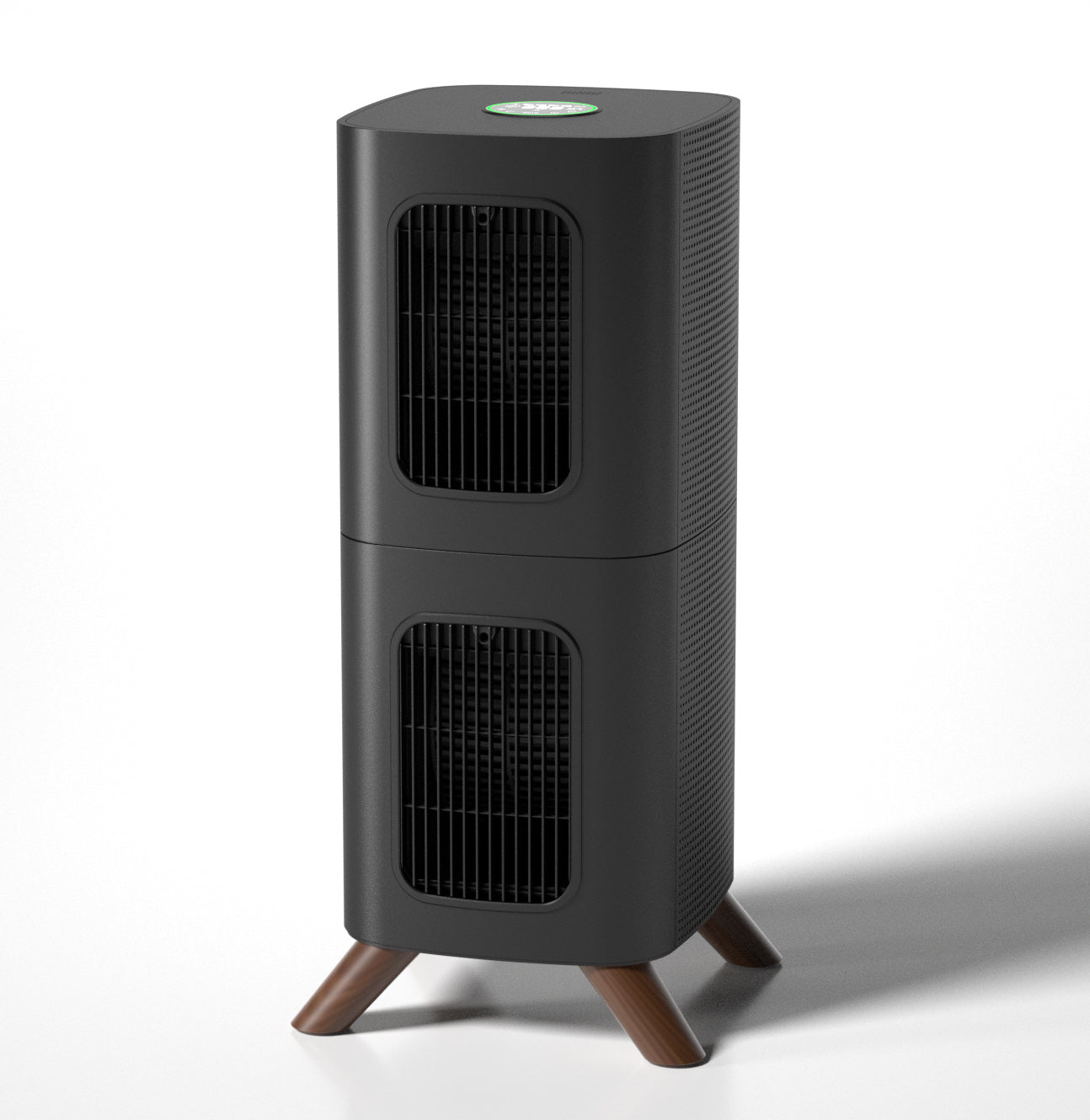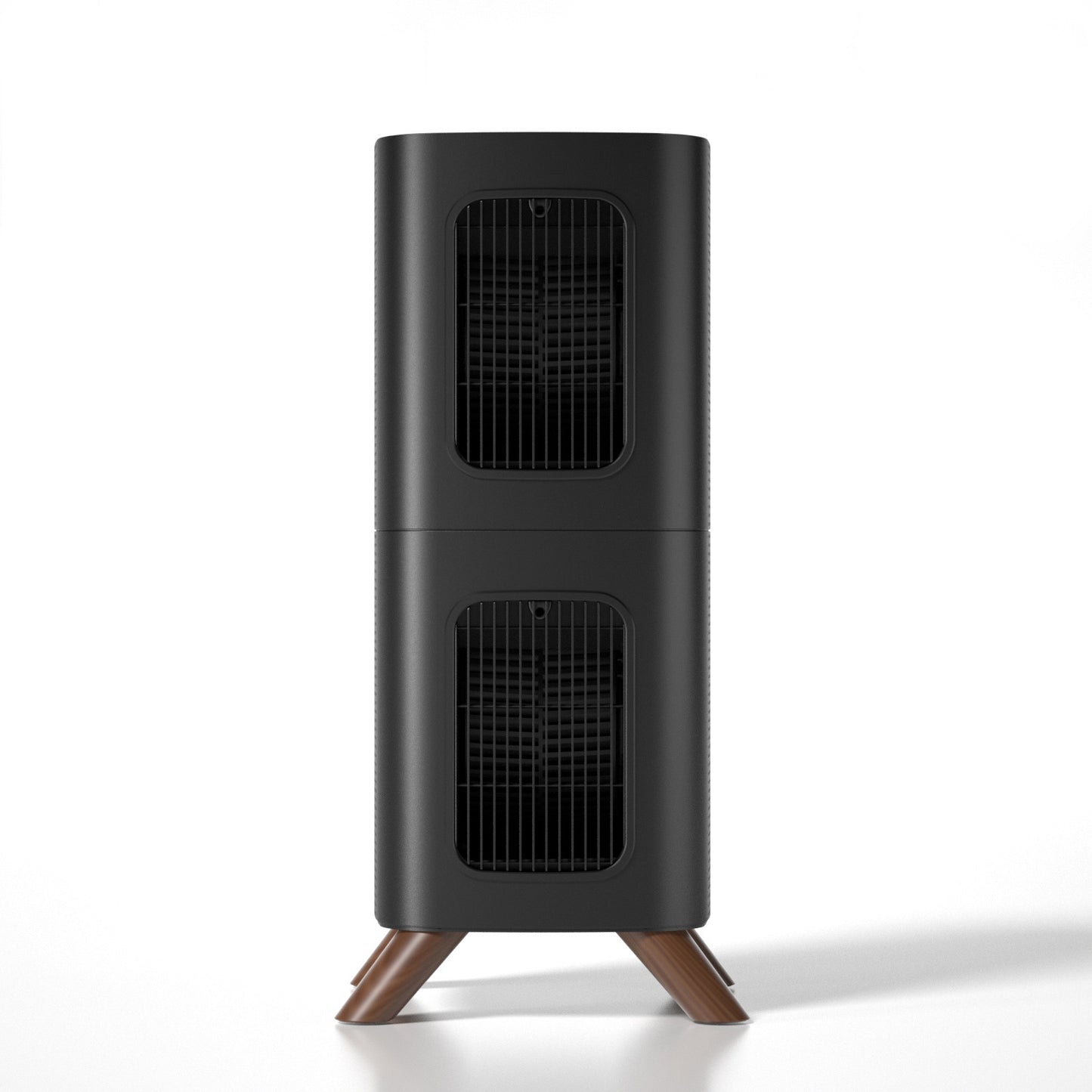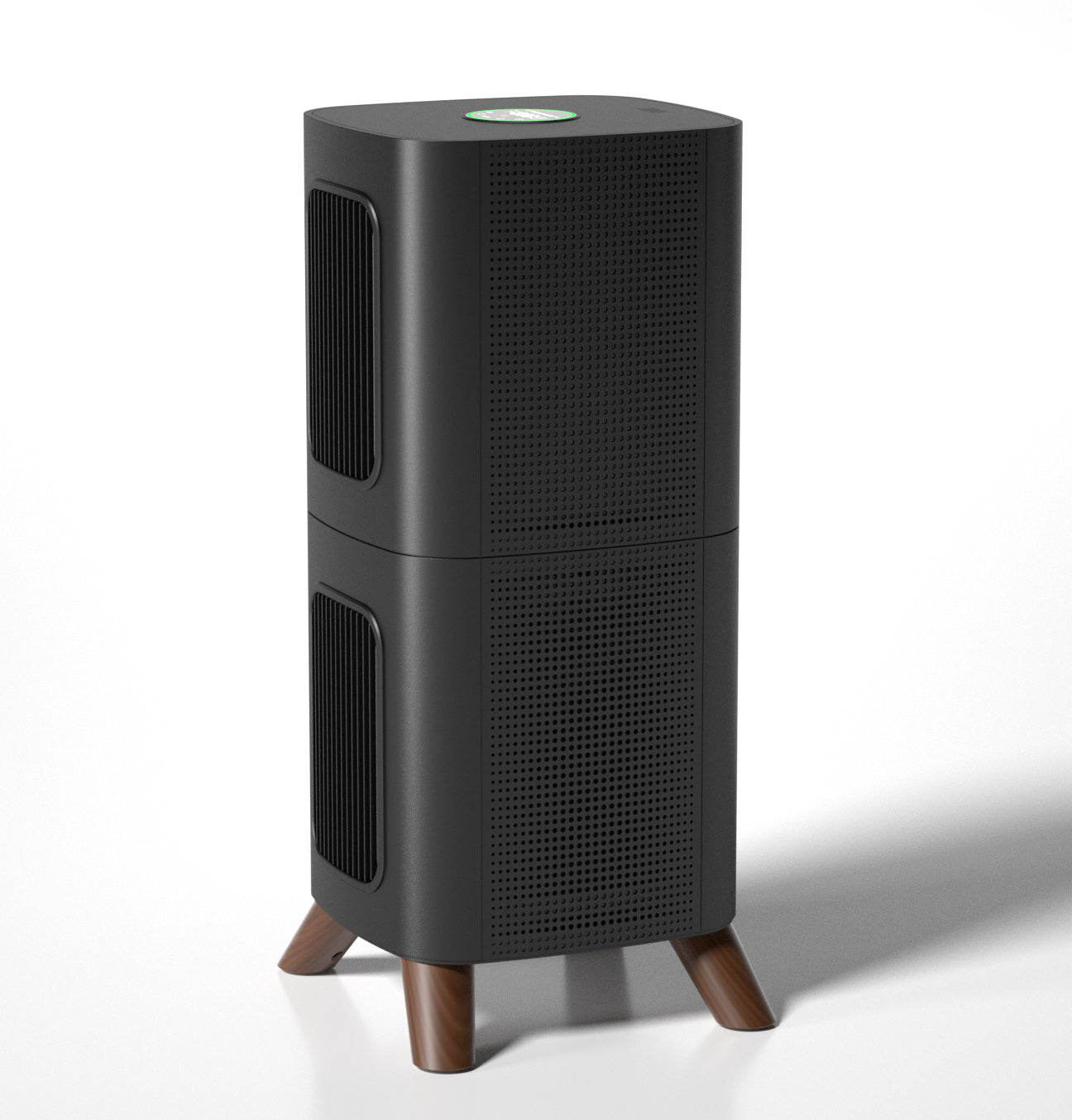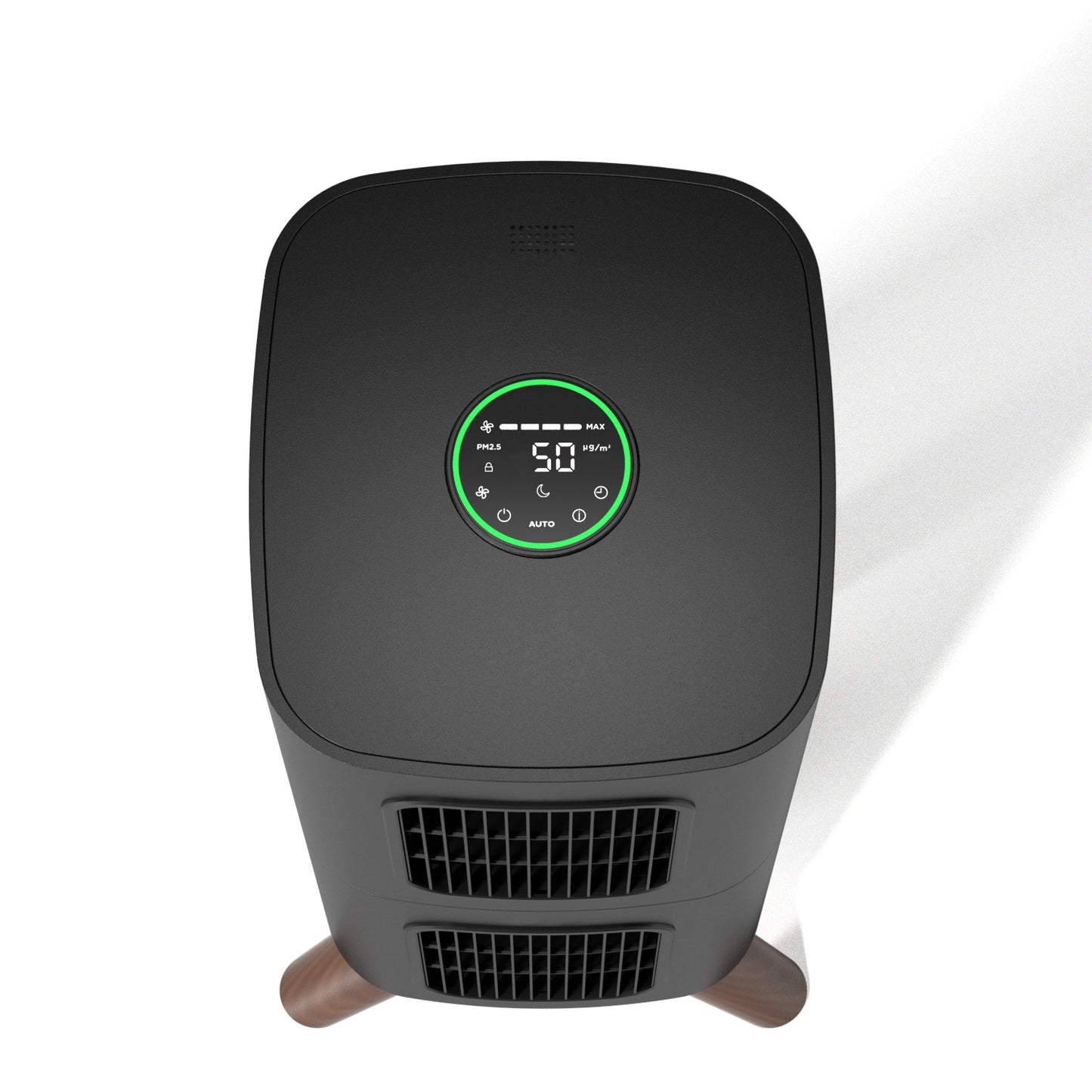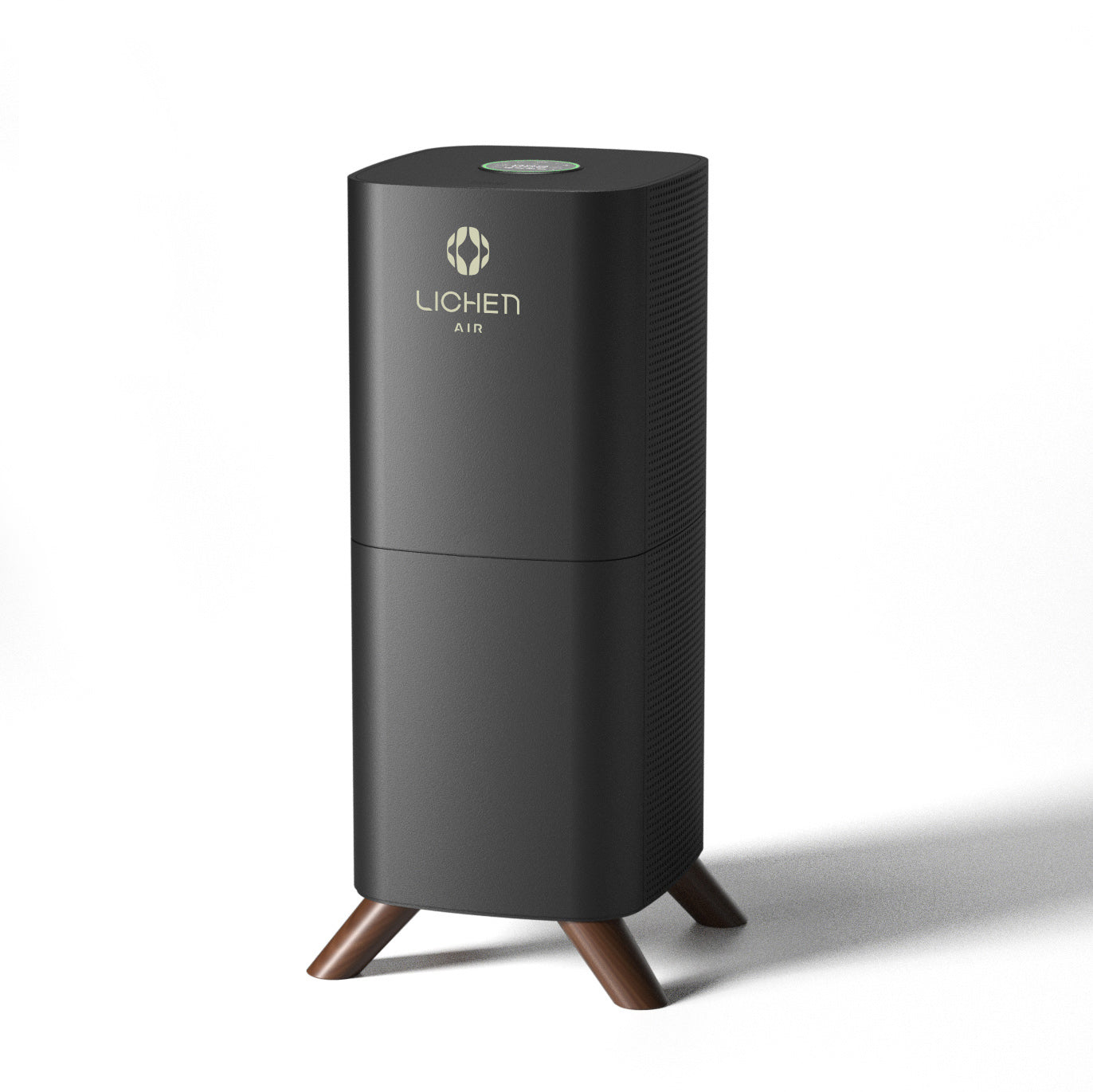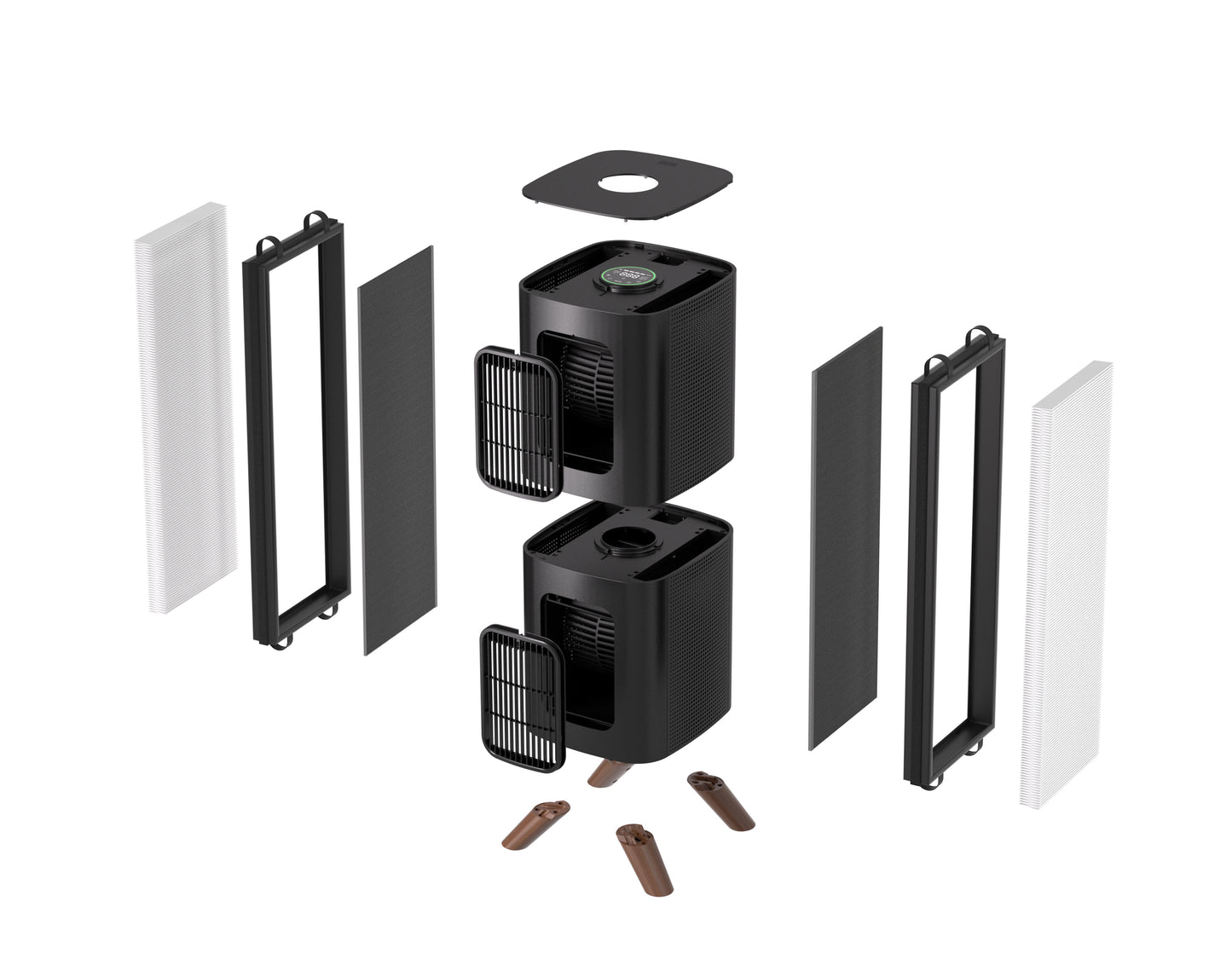
9 Household Habits Polluting Your Indoor Air
Share
Most of us think of air pollution as something that happens outside — near highways, factories, or wildfires. But the truth is, many of the same microscopic particles that harm our lungs and brains are also created inside our homes, every single day.
What Is PM2.5 — and Why Does It Matter?
PM2.5 refers to fine inhalable particles smaller than 2.5 micrometers—about 30 times thinner than a human hair. Because of their tiny size, these particles can remain suspended in the air for hours, travel deep into the lungs, and even enter the bloodstream.
Research consistently links PM2.5 exposure to respiratory disease, cardiovascular problems, and cognitive decline. In other words, what you can’t see in your home’s air could be silently impacting your long-term health and mental performance.
Where Do These Particles Come From?
It turns out, many of our daily habits unintentionally create PM2.5 indoors — and most of us don’t even realize it.
Here are some of the most common culprits:
1. Cooking
Frying, grilling, roasting, or even toasting food can release large amounts of fine particles into the air—especially when ventilation is poor.
Studies show that PM2.5 levels can spike within minutes of cooking, sometimes reaching concentrations comparable to outdoor air during rush hour.
2. Burning Candles or Incense
They may create a cozy atmosphere, but candles and incense release soot and fine combustion particles that quietly degrade indoor air quality. Scented versions can add volatile organic compounds (VOCs) to the mix.
3. Fireplaces and Space Heaters
Wood-burning fireplaces and unvented space heaters produce combustion-related PM2.5 that accumulates quickly in enclosed spaces, particularly during colder months when windows stay shut.
4. Cleaning
Ironically, cleaning can make air dirtier. Vacuuming, sweeping, and dusting all stir up settled dust and fine particles—especially when vacuums lack HEPA filters that trap microscopic debris.
5. Everyday Movement
Even simple activities like walking across a carpet or kids playing on the floor can resuspend settled dust, increasing particle levels right where we breathe.
6. Aerosols and Cleaning Sprays
Air fresheners, disinfectants, and sprays can emit or chemically react to form PM2.5 particles in enclosed environments. The more fragranced the product, the higher the likelihood of secondary pollutants.
7. Office Equipment
Printers, copiers, and especially 3D printers can emit both fine particulate matter and volatile organic compounds, a double hit for indoor air quality in workspaces without proper ventilation.
8. DIY Projects and Hobbies
Cutting, sanding, gluing, or painting can generate fine dust and chemical fumes that linger long after the project ends. Without proper filtration, these pollutants build up over time.
9. Smoking (Including E-Cigarettes)
Cigarette smoke can increase indoor PM2.5 concentrations massively. Even e-cigarettes and heated tobacco products emit particles that penetrate deeply into the lungs and bloodstream.
What You Can Do About It
The good news: awareness is the first step toward cleaner air.
Here’s how to start reducing PM2.5 exposure inside your home:
1. Improve ventilation: Open windows when cooking, or use a range hood vented outdoors.
2. Limit combustion: Skip candles, incense, and unvented fireplaces whenever possible.
3. Choose the right equipment: Use vacuums with true HEPA filters and avoid aerosol products.
4. Purify your air: A high-efficiency air purifier with HEPA-14 filtration can capture up to 99.995% of fine particles—including PM2.5—helping you breathe cleaner, think clearer, and protect your long-term health.
Bottom line: The air inside your home might look clean, but it likely contains invisible particles that affect your lungs, heart, and brain. By making a few small changes—and using the right tools—you can transform your indoor space into one that truly supports your health and cognitive performance.


